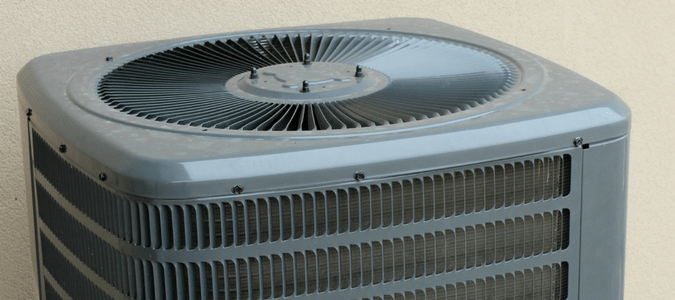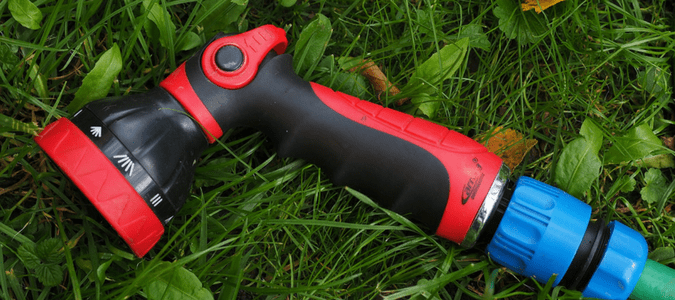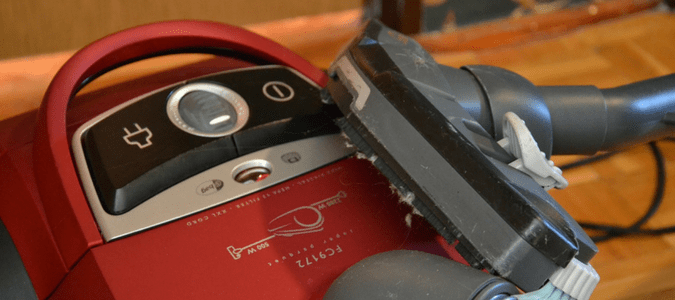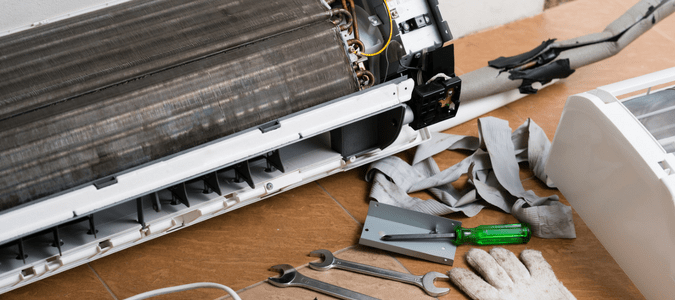
If you’re like most people, your home’s air conditioner plays a vital role in keeping you and your loved ones cool in the summer and warm in the winter, regardless of the temperature or humidity outdoors. Despite the importance of their ACs in their daily lives, however, many homeowners rarely think about their HVAC systems until they break down—but this can become a costly mistake.
Repairs to your air conditioner can run into the hundreds or even thousands of dollars, while annual air conditioner maintenance is quite affordable and more than worth the cost. Keeping your air conditioner running at peak performance will save you money on your monthly electricity bills. This is not, however, the only benefit. Regular AC maintenance can also catch problems early and prevent, or at least mitigate, the need for many types of repairs.
But what should you be doing to maintain your air conditioner on a regular basis, and how often should you do it? Your air conditioner maintenance checklist should center on a handful of actions you can handle on your own to maintain your system, plus annual visits from a reputable HVAC company that can help keep your heating and cooling system running as optimally and efficiently as possible.

HVAC Preventative Maintenance Checklist
Air conditioners don’t just moderate the temperature indoors; they also draw humidity from the air. There are many different components to an air conditioner, including both indoor and outdoor units, along with ductwork, filters and more—which means plenty of parts, all of which have the potential to break. This is one reason why proper and regular air conditioner maintenance is so important. Air conditioners that are properly maintained run more safely, which helps prevent breakdowns and costly repairs. They also run more efficiently, which results in lower electricity bills in the present and over the long term.
Spring is a great time for an annual inspection of your HVAC system, as it’s right before the heat of summer takes over and your AC is in everyday use. But what should your HVAC preventative maintenance checklist include, and which items can you safely and easily take care of yourself?
Here are some simple steps you can take to maintain your own AC unit:
- Inspect your air filters once a month and clean them (if you use reusable ones) or replace them when needed. Of all the home maintenance tasks, many homeowners can understand how to change a central air conditioner filter, but doing it often enough may be an issue. During heavy-AC-use times of year, such as the heat of summer and the cold of winter, your filters will need cleaning or changing at least once a month. This is especially true if you have indoor pets that shed fur or bring in dust from outdoors. Regularly cleaning or changing your AC filters helps your air conditioner run more easily and efficiently, and will prolong its life.
- Keep tree branches, grasses, bushes and other foliage trimmed away from the outdoor AC units; clearing a two-foot radius is ideal. This will help keep leaves, sticks, vines and other debris from dropping, blowing or growing into the unit, and will also ensure the unit’s accessibility for maintenance and repair professionals.
- Pour a cup of bleach or white vinegar down your condensate drain line once a year to keep mold and algae at bay. Since the condensate line helps remove moisture from condensation that is produced by the AC’s evaporator coil, it has the potential to become clogged or moldy. You can also dilute the bleach or vinegar with hot water in a 1:1 ratio, or use hot water only, if you’re concerned about degradation of the line over time.
- Visually inspect your outdoor unit every month, including whether the insulation on the refrigerant lines is intact and whether the unit is on level ground.
Here are the basic things your AC professional should include on their HVAC preventative maintenance checklist:
- Check and calibrate the settings and controls on your thermostat to ensure your unit starts and stops properly and heats and/or cools your home to the programmed temperature.
- Inspect all ductwork in order to rule out any energy (air) loss from the ducts.
- Check the electrical connections on your unit’s motor, including tightening the connections and measuring the voltage, to ensure this part of your AC system is running safely and efficiently.
- Inspect the condensate drain line to ensure there are no clogs present, and remove any plugs if necessary.
- Lubricate any moving parts to reduce friction within the motor.
- Check the refrigerant level and top it off if needed. An unusually low level of refrigerant could indicate a leak in the AC system.
- Inspect and clean the evaporator and condenser coils to help the system run more efficiently.
Again, regular inspection, cleaning and tune-up of your air conditioner by an HVAC specialist is a smart and affordable choice, as it will keep your monthly electricity bills low and catch problems early. Have your air conditioner serviced at least once a year, ideally in the spring. Even better, have it checked twice a year: once each spring, before you begin cooling your home through the heat of summer, and again each fall, before you start using the heater.

How To Clean AC Unit Outside
Air conditioners work by a process of heat exchange between the condenser and evaporator coils. In the summer, these components work together to move heated indoor air to the outdoor condenser by way of chilled refrigerant. In the winter, the process reverses, using heated refrigerant that is cycled indoors to the evaporator coils.
The air that blows across both the condenser and the evaporator coils can contain pollen, dust and dirt. These elements can collect on the coils over time, making them dirty and hampering their functionality. This, in turn, causes increased energy consumption, as well as increased wear and tear on your AC system. This is why cleaning both the indoor and outdoor units is so important.
Anytime you are cleaning any major component of your air conditioning system, whether indoors or outdoors, it’s a good idea to protect your eyes with safety goggles. In order to clean your outside AC unit, you will also need a water hose and work gloves. A shop vacuum will also come in handy, if you have one available.
The first step in cleaning your outdoor AC unit is to shut off the power to the unit at the breaker box. Note that this step is extremely important, in order to avoid getting shocked or shorting out your HVAC system.
Once the power is safely off, head outside to your exterior unit and use a screwdriver to remove the fan cage from the top of the unit. Then, using either your shop vac or your gloved hands, remove all leaves and any other debris from inside the unit.
Next, clean the fins by first removing outer dirt with your shop vac and then using your water hose to gently spray water through the fins, from the inside of the unit to the outside. Don’t use a high-pressure nozzle on your hose, as too much pressure can damage the fins. If your fins are especially dirty, you can also use foaming cleaner spray products that can be found at your local hardware store or home improvement center.
If any of the fins have been pressed down or crushed, you can try using a butter knife to gently straighten them. This is an important step because straightening the fins will improve the airflow through the unit, increasing its functionality and efficiency.
Finally, trim back any grass, bushes, tree branches or vines that are hanging over the AC unit or growing within two feet of it. Keeping a two-foot radius clear of vegetation helps maintain proper airflow around the unit, and also helps to keep plant debris from getting inside the unit. In addition, clearing this area also maintains the unit’s accessibility for HVAC maintenance and repair professionals.

How To Clean AC Unit Inside
In order to clean your inside AC unit, you will need a screwdriver, a rag, a vacuum or shop vac, some soap and water and some bleach or white vinegar.
As with cleaning your outside AC unit, the first step in cleaning your inside AC unit is to shut off the power to the unit at both the thermostat and the breaker box. Then, use a shop vac to clean away any debris that is on or around your AC unit. You can clean your unit’s condensate drain pan by first vacuuming away any dry debris and then following up with warm, soapy water and a rag. Follow up by pouring bleach, vinegar or hot water down the condensate drain line, as mentioned above.

How To Clean Air Conditioner Evaporator Coils
The most important part of cleaning your inside AC unit is cleaning the evaporator coils. To clean the coils, use a screwdriver to remove the access panel and set it aside. Then use a can of compressed air to blow dirt off the coils in the opposite direction from normal air flow. Blow directly through the fins to avoid damaging them. You might want to use a shop vac to suction up debris as it is loosened from the evaporator coils.
You can also clean evaporator coils using a soft brush instead of compressed air, or you might choose to use a no-rinse spray cleaner product that is formulated specifically for this type of job. Products like this are available at your local hardware or home improvement store.
ABC Can Help With All Your Heating And Cooling Needs
There’s never an opportune time for your AC unit to break down—and it seems even worse when the problem is something that could have been prevented with routine maintenance. If you want to use your air conditioner year-round, worry-free, let ABC Home & Commercial handle your routine AC maintenance as well as any system repairs that may be necessary along the way. Our HVAC specialists will perform full inspections and cleaning of your HVAC system, and will give your unit comprehensive tune-ups to ensure optimal functioning. We are also experts in handling any air conditioning problems, and solutions can be implemented quickly so that your home can stay comfortable all year long.
